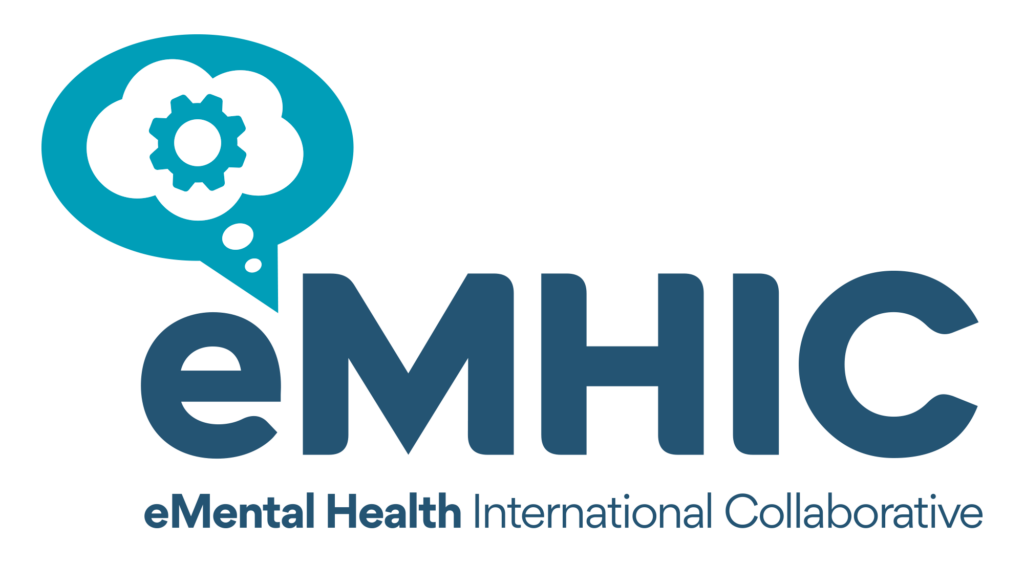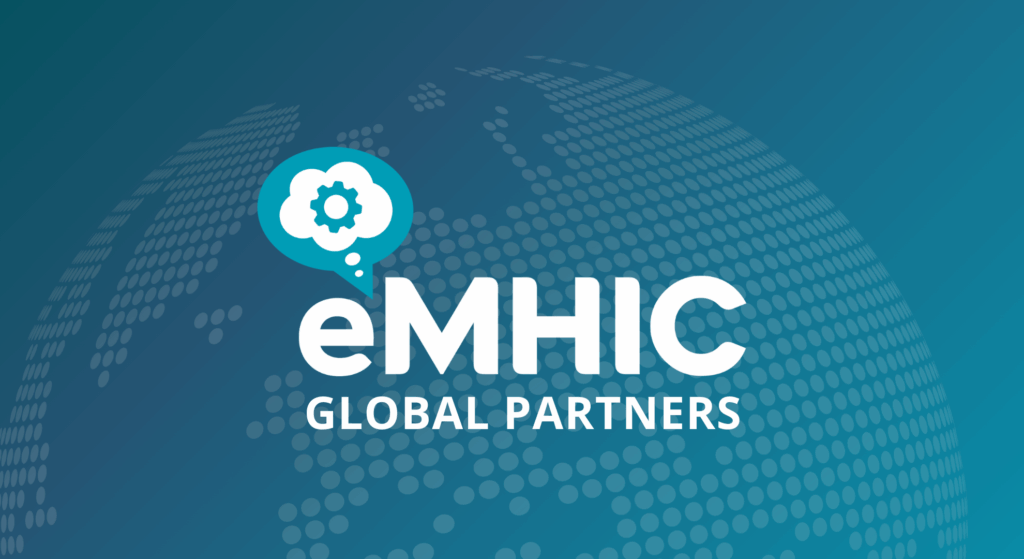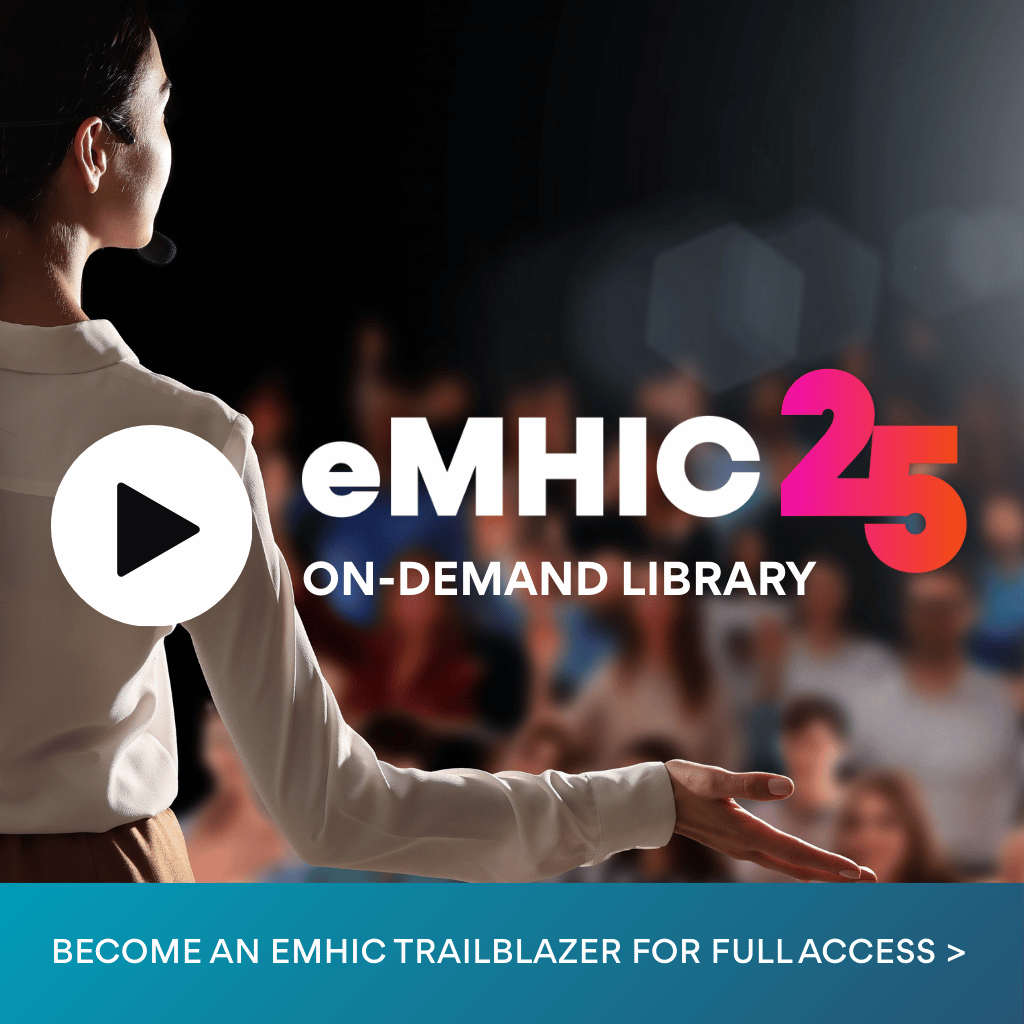The Australian government’s recent $27million investment into SANE digital recovery services for complex mental health nationally is more than a boost for service accessibility, —it’s a bold step away from the status quo and a promising glimpse of what’s possible when peer leadership and purpose-driven technology come together.
For too long, people living with complex mental health conditions—like schizophrenia, bipolar disorder, complex trauma and psychosocial disability—have been left out of the mainstream reform agenda.
This has been particularly the case when looking at digital mental health reform activities. Millions if not billions have been spent globally on digital interventions for mild to moderate mental health conditions. An entire industry has grown around this with welcome investment from private enterprise and businesses. Importantly, we’re seeing positive results for service users.
Why is there so little innovation for complex conditions?
What about those with severe or complex conditions? Search the research literature and not much comes up. Talk to policy makers or funders and you receive vague responses about the community being “too complex,” “too hard to reach,” or “not interested in self directed recovery’.
But talk to people with lived experience and you’ll see how incorrect these assumptions are. For many years, the lack of investment into digital services for this group has been driven by stigma disguised as pragmatism.
It’s not just investment in new services, it how existing services are promoted. Through leadership of the Australian Government funded Digital Navigation Project, SANE has been privy to the experiences of Australians who have sought help online. The message was clear: finding care is too hard. The system is fragmented, opaque, and often requires a level of self-advocacy that’s impossible during a crisis.
Partnership and communication are key
So, working in partnership with lived experience groups, SANE is delivering an effective digital service platform that’s providing the evidence needed to prove these assumptions wrong and drive further investment both locally in Australia and further afield.
SANE’s digital recovery services are designed from the ground up to reduce barriers. They are low-threshold, trauma-informed, and delivered by peers and professionals working side-by-side. People don’t need a diagnosis or referral to get help. They can start where they are and engage at their own pace. That’s critical for people who’ve been repeatedly excluded or retraumatised by the system.
SANE’s digital infrastructure supports not just service delivery, it also supports system navigation. Federated directories, warm referrals, consent-based data sharing, and peer-led engagement all play a role. But to get it right, we need to prioritise interoperability—especially for people experiencing intersecting forms of disadvantage, like poverty, racism, disability or housing insecurity. When systems don’t talk to each other, the burden of coordination falls on the individual. That’s unacceptable and we’re actively working with sector partners and government agencies to overcome this.
The ripple effect of supporting local innovation
The funding SANE has received through Australian Government Digital Mental Health Program for our psychosocial recovery and community platform represents the largest grant we’ve ever received. It’s also the largest chunk of public funding dedicated to digital services for the complex mental health community.
This is an exciting step forward for Australia but also for the rest of the world. While we are fortunate to have a forward-thinking Government that’s willing to invest in digital innovation, the reality is many countries—especially developing countries or those with under-resourced or out-dated mental health systems —won’t have the public funding or clinical workforce to replicate traditional service models. But they do have peers and they do have mobile connectivity.
That’s where a digital peer-led model can become a global game-changer. With the right design and moderation, online forums, peer training, and recovery resources can create real impact without high-cost infrastructure. Imagine a future where a young person in regional NSW, a peer worker in the Philippines, and a survivor in Kenya are all part of a shared recovery ecosystem—connected through purpose, not postcode.
Focussing on equity as well as effectiveness
Of course, digital alone isn’t a magic fix. But it is a scalable and effective tool for strengthening communities and addressing the support needs of those who are often ignored or invisible. Importantly, it’s also a step towards a better system where individuals are not judged by their complexity and experience poorer outcomes because of this.
The funding SANE has received is not just addressing workforce shortages or fragmented care. It’s tackling deep structural belief that some lives are too hard, too complex, or too inconvenient to support. It represents government recognition that digital services are helpful for this community and worth investment.
We hope it also encourages governments and service providers globally to reimagine what’s possible when we put lived experience, digital innovation, and equity at the centre of mental health reform.
Learn more about SANE service at www.sane.org. To explore collaborative or partnership opportunities, please email [email protected]







